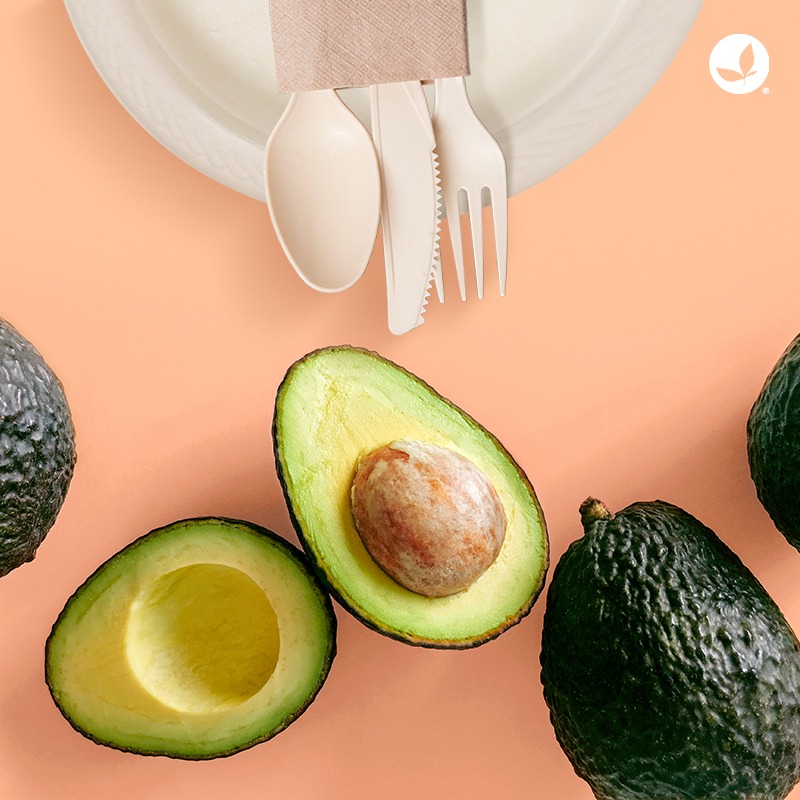We love a company that’s doing its part to help contribute to the preservation of our planet. Businesses that have a heart for helping the environment and that are taking on the hardships that come with such an important endeavor are worth drawing attention to. For they are conquering the obstacles that often come with doing business in a more sustainable way, and it’s truly admirable. For these reasons, we are delighted to highlight and celebrate them, especially so close to Earth Day.
If you haven’t heard of Biofase, it’s time to get to know them. As stated proudly on the website, “Biofase is a proudly Mexican company that was born with the idea of changing the way we live through the revolution in the bioplastics industry. Innovation, creativity, and the desire to see a better future are the three values that can be reflected in Biofase products.”
This remarkable company has discovered a way to make compostable utensils and other items like straws, to-go containers, and plates… from avocado seeds!
How Biofase makes compostable products
The material is called Avoplast and can replace harmful, toxic plastics like polypropylene, polystyrene, and polyethylene. According to the Biofase website, the products are the result of years of research and development in the area of bioplastics.
Its patented formula is comprised of 60% avocado seed and 40% synthetic organic compounds, which help the products feel more like real plastic — no more soggy paper straws, thank you very much. The uniquely formulated products are very strong and stand up perfectly to both hot and cold foods.
And when you’re done with these disposable items, simply toss them, and they’ll biodegrade naturally on land or in any landfill, unlike plastics that have to be transferred to industrial composting and exposed to high temperatures for biodegradation. Not exactly an earth-friendly process.
More good deeds from Biofase
It’s also worth noting that, unlike many other kinds of bioplastics that are made from things like cassava or corn, Biofase’s avocado seed formula has no negative impact on the fight against hunger. To the UN Environment Programme, Scott Munguía, Biofase CEO, stated, “Bioplastics must be sustainable. How can you make bioplastic from food? There are so many people starving and there is so much trouble around the cost of corn. It is absurd and out of place […], we should not take food away from people.”
In addition to this, Biofase is heavily involved in special projects that include an initiative to support entrepreneurship in Mexico and an initiative to support marine fauna in Mexico.
With the combination of incredible products, humanitarianism, and the minimal carbon footprint being left behind by Biofase, it’s no wonder the company is getting so much attention.




